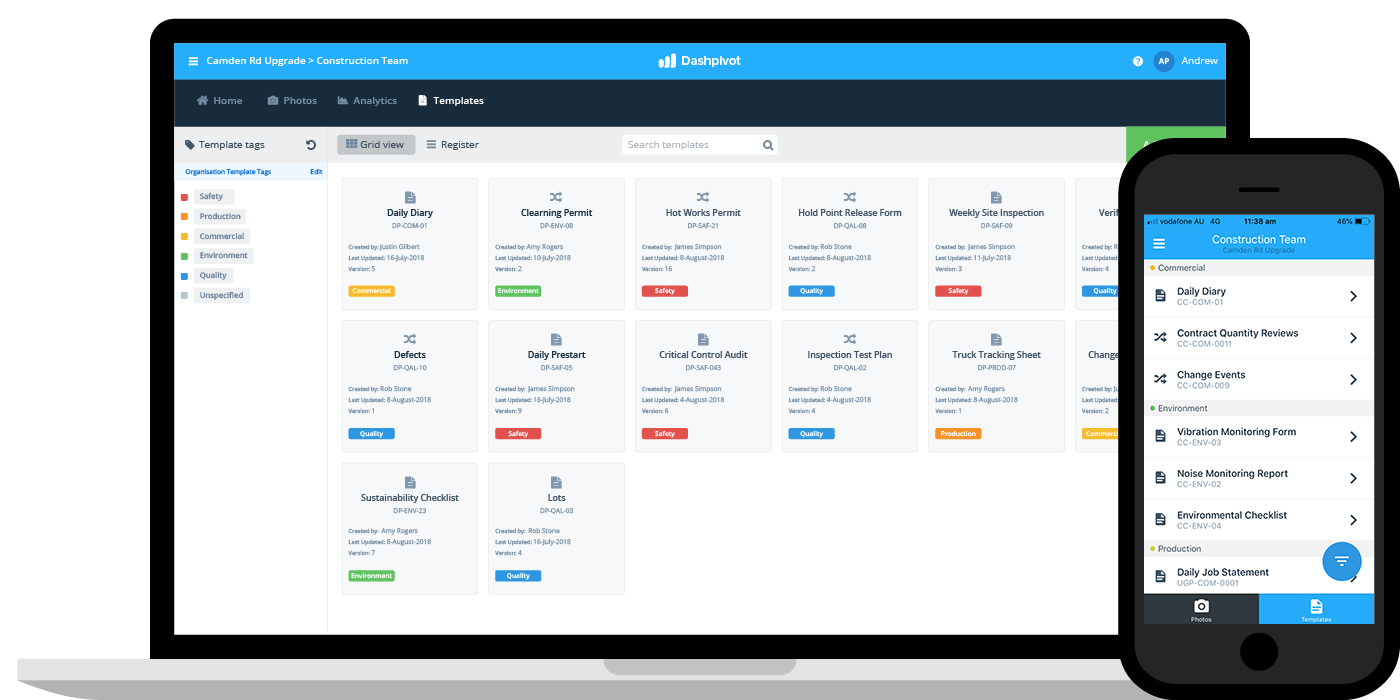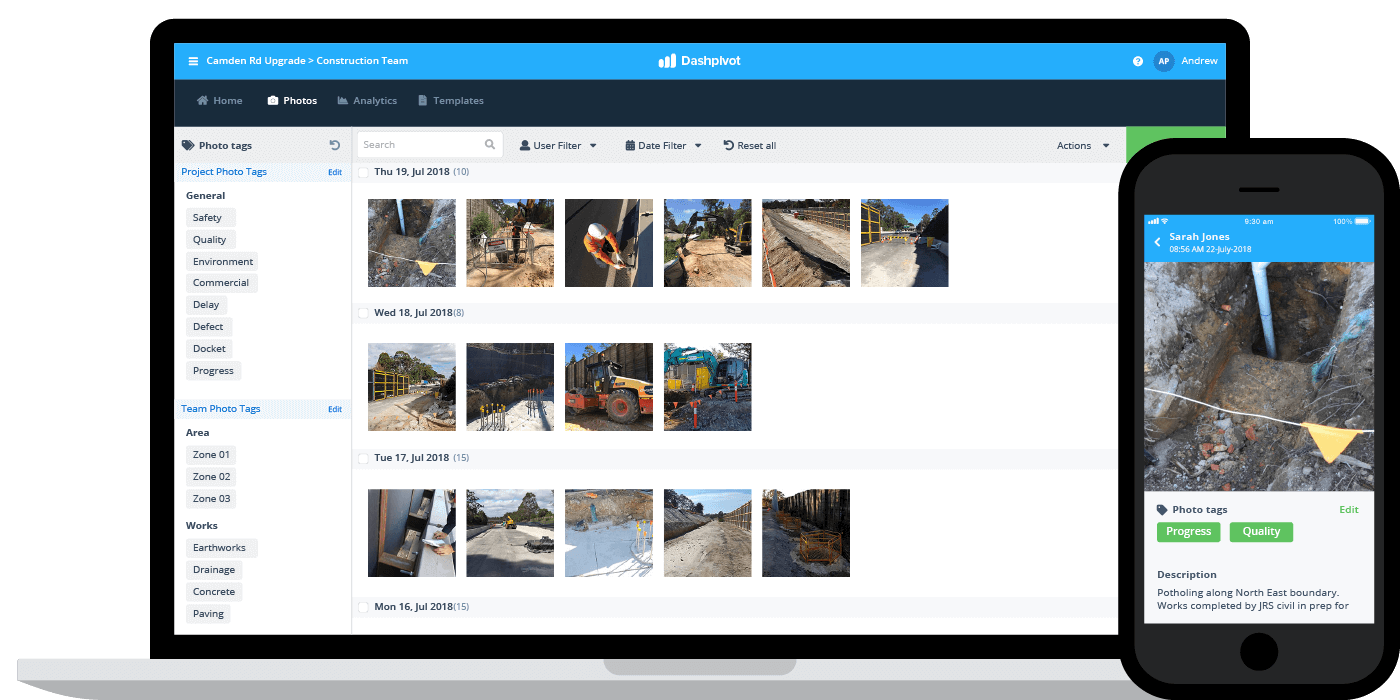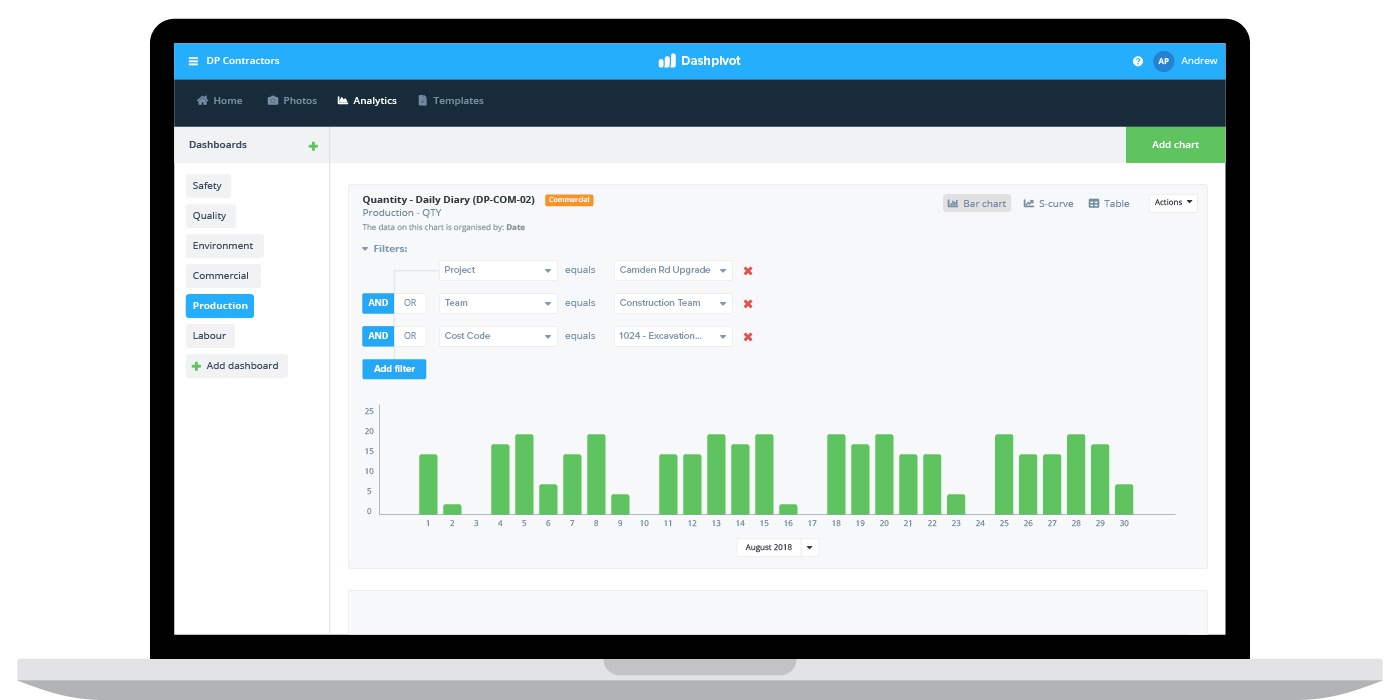Systems/IT – Project governance example

Project governance example: An example of smart project governance
What is project governance?
At a high level, project governance is the framework with which project decisions are made. Today, more than ever, most companies run their businesses as a series of projects. Companies used to be able to rely on their organisational structure for decision making and information management, but today those structures are often too hierarchical and slow moving.
Organisational structures were designed for the normal operations of managing 'the business', not for quick decision making and course-corrections based on dynamic projects.
Organisational structures also fail to outline who on a project will be responsible and accountable for certain inputs and outcomes.
Organisational structures are largely top down with direct reports, but projects typically involve many different horizontal components of a business which need to be brought together in a way which enables them to make smart and holistic decisions which factor in every component of the project and the business.
Today, we are going to focus on the traditional project-based companies operating in construction, mining, oil and gas and others - as they are the most reliant on good project governance and often have the most to lose if they don't manage their projects efficiently and effectively.
So before we jump into the project governance example, we'll look at the 3 main components of project governance, and then dive into the most pertinent and urgent project governance piece of the puzzle.
The 3 main components or 'pillars' of project governance
There are 3 main components involved in project governance at every company. Companies managing and delivering small scale projects will obviously experience these components on a smaller scale, while for large companies and mega-projects, these components will involve a much broader set of stakeholders.
The 3 main components of project governance are:
- The organisational or decision making structure
- The people within this structure
- The information which informs the people within the structure
Even though we have already flagged that an organisational structure alone can not provide effective project governance, it is still a key component of project governance.
For example, functional management roles need to be responsible for team performance and tactics, and for managing and ensuring deliverables.
And project teams on the ground or on site must deliver the project, by using and allocating resources to certain tasks and activities.
And above that (more so at larger scale companies), higher level management roles and a project board or steering committee take an even higher level view of projects, looking at the program or schedule and thinking about and communicating with an even wider set of stakeholders.
The second pillar of project governance is the people within this structure. There are obvious reasons why this is important - because without people filling the roles in the structure, the structure wouldn't be able to get anything done.
And lastly, and the pillar we are going to focus on mostly today, is the information which informs the people within the structure.
The most important pillar of project management and delivery used to be the organisational structure and people, but today, with the improvements in data analytics and information processing, the information which informs the people within the structure is incredibly valuable.
Data is the new oil, and companies who can govern their projects using more accurate and real-time information are in pole position for the future of project delivery.
Project governance example - smarter project governance
There was a long time when project information was managed with paper and binders. Then there was a long time when project information was managed with word docs, spreadsheets and PDFs.
But now we are moving into the next evolution of project information management driven by software, apps, machine learning and artificial intelligence.
While many people and many companies get caught up in the hype of names and features, some companies are simply employing these tools to enable smarter project governance on their projects.
Not only are these tools making all of their project governance activities more efficient, but they are enabling them to govern their projects with real-time and powerful data.
The point of project governance and everything it involves is to make better decisions about projects and project inputs - to get better project outcomes.
What does this project governance example look like?
Standardised information capture
One of the reasons that companies and projects need so many people working on them is because information isn't governed properly - or automatically.
Projects need tens, hundreds or even thousands of people ensuring that information governance is maintained.
This project governance example showcases how this large and time-consuming part of information project governance can be instantly offloaded to technology.
We talked about how the horizontal movement and horizontal nature of stakeholders on projects makes organisation structures an insufficient tool for proper project governance.
For this same reason, you need a smart system in place which connects different functions and teams on a project. Every group or team on a project needs to be able to access the information they need, but it also needs to be standardised and organised in a way which makes it digestible once it's complete.
The information system below - Dashpivot - is a perfect example of a system, which ensures project governance and project accessibility across a project.

Organised and unbroken records
We talked about how there are multiple levels of management and stakeholders involved in the project governance process. One of the major problems with a traditional project governance setup is that these different stakeholders have access to different amounts of information.
Not only this, but each stakeholder has fragmented information i.e only part of the overall story.
Once again, the purpose of project governance is to create a structure and framework by which people can make better project decisions.
But the major problem with project governance is that each stakeholder can only see part of the story.
This project governance example also has a solution to that. With a centralised and consolidated integrated management system, everyone can have access to all of the information.
When a project manager looks at the project, he can see an unbroken chain of documents and records from all of his or her teams.
When the project director looks at the project, they can zoom out and look at all of that information on a whole project level.
And when the board or steering committee needs to align the project with the overall business goals and stakeholders, they can do that with the confidence that they are looking at the full picture.

Real-time analytics
All of this information is crucial to effective project governance, but the most important piece of the project governance puzzle is the analytics and aggregated information with which stakeholders can understand performance.
In the example project governance dashboard below, a supervisor or project manager is able to zoom in on their daily diaries, and filter or pull out information about excavation quantities.
Using traditional project governance or relying on an organisation structure, a company would have to file or upload their site diaries, someone would reconcile the information, and then management would make decisions about the project.
Using a smart project governance system, a project manager is able to open a dashboard which is collecting real-time information from the field.
This type of system ensures a single point of accountability for the success of the project. But the single point of accountability and success is not a person - who can make mistakes, feels pressure etc.
The single point of accountability is a system which combines the insights and activities of everyone on site and then displays them.
The system is completely objective and simply gathers the facts - unlike people and boards. Instead of making improvised decisions, an organisation is able to rely on real and accurate data for decision making.
This level of speed and granularity on a project can mean the difference between an hour or or day daily, which can compound and mean the difference between delivering on time and delivering 3 months late over the course of a 2 or 3 year project.
Project governance is the management framework with which decisions are made. But what if we were to take the pressure and onus of management and create a standardised and bulletproof framework which didn't rely on human intuition and guesswork - but which relied on real-time analytics and data.

Can you re-create this example of project governance for your company?
Companies spend millions of dollars employing people and consultants to build better organisational structures and hire the right people.
And yet these same companies often spend a tiny fraction of this effort and money on employing tools and systems to manage the information with which these people make decisions and do their jobs.
Implementing smarter project governance systems and tools in today's world is easy. Most project governance tools are free to try and easy to implement. While there is some level of friction with upgrading your project governance system and converting your traditional processes and procedures into a more efficient format, the results pay massive dividends - quickly.
You can quite easily re-create the above project governance example, and upgrade your information management system - like this case study.
Companies like Ward have been able to completely revolutionise the way they govern their projects by simplifying and streamlining how their information moves - within a single system.
The future of project governance
While the 3 pillars and components of project governance will continue to be tightly connected, the future of project governance will see an even greater shift towards the flow of information.
Organisational structures and people can only move so fast, make decisions so fast and improve so fast.
Information is infinite and infinitely fast. As new construction technologies continue to enable the better management of information in the form of real-time analytics, flexible real-time programs and schedules and seamless collaboration between internal and external teams and parties, project governance will take on a completely new guise.
The above project governance example is simply a taste of what is to come. A future where project governance is automatic, accurate, and guided by the objective information people need to make better decisions throughout a project.
People in 110+ countries use this software to ensure better project governance on every project.
